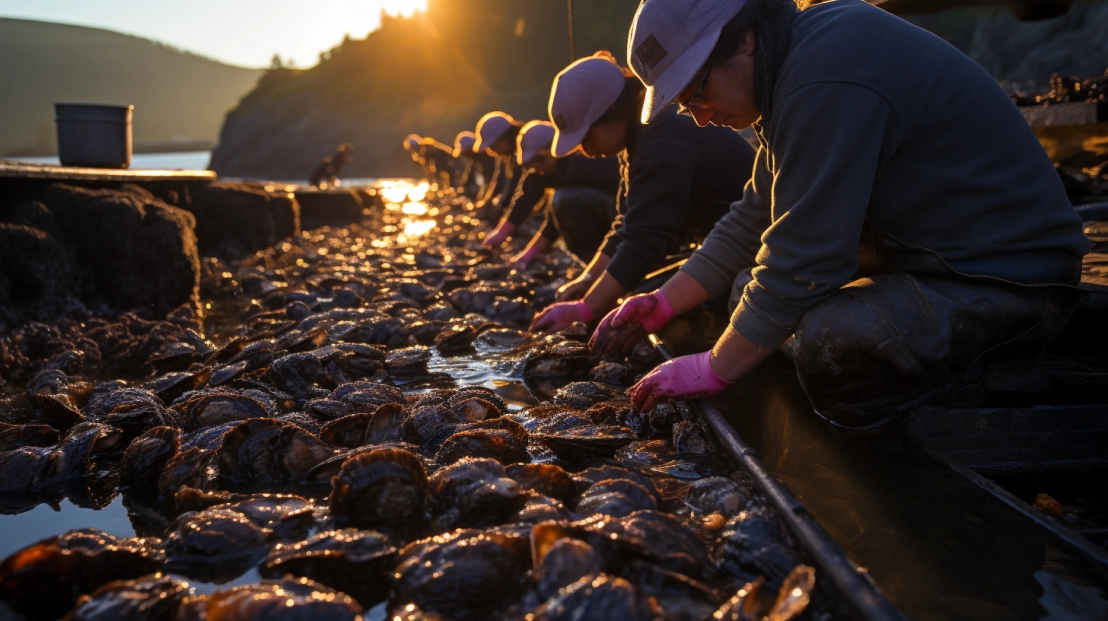Why is Abalone So Expensive? The Untold Truth Behind This Delicacy
Wild abalone comes with a significant price tag due to its rarity, significant labor-intensive harvesting processes, and cultural prestige. This luxurious seafood delicacy is not only a culinary treasure but also crucial to various ecosystems. With strict regulations in place to protect dwindling populations, the limited supply combined with high demand inevitably drives up the cost.
Rarity in the Wild
Abalone, often referred to as sea snails, are valued for their exquisite flavor and unique texture. Their exorbitant price reflects their scarcity in nature. Overfishing has relegated wild abalone to near extinction, creating a severe decrease in available supply. As conservation initiatives work to safeguard these precious marine creatures, fluctuating seawater temperatures due to climate change only heighten their availability challenges.
Labor-Intensive Farming Process
Cultivating abalone necessitates exceptional care and diligence. The farming process takes meticulous attention from hatching the abalones until they’re ready for harvest. Maintaining optimal conditions, providing a nutritious diet, and ensuring the cleanliness of tanks requires skilled workers dedicated to preserving these delicacies. Thus, the labor-intensive nature of farming directly correlates with the elevated prices of abalone.
High Demand and Limited Supply
The relentless demand for abalone arises from its gourmet reputation, as it garners popularity in fine dining venues across the globe. It's a luxury item that boasts a rich history, and the limited supply – a byproduct of overfishing and conservation efforts – contributes to its high market value. The ongoing battle against climate change adds another layer of complexity, making it ever more difficult to maintain sustainable harvesting while meeting this culinary demand.
Costs of Harvesting and Processing
Harvesting abalone is a meticulous process, requiring laborious underwater foraging and careful handling to preserve the delicate meat beneath its shell. Governing bodies impose strict regulations to sustain this species, creating a scenario where the costs associated with harvesting and processing become significant. These factors culminate in the high retail prices associated with abalone and their esteemed status as a delicacy.
Cultural Significance and Prestige
Abalone carries with it a profound cultural symbolism, often showcased during celebrations and revered for its gastronomic status. In the United States, its presence graces fine dining experiences during New Year festivities, symbolizing prosperity. Meanwhile, in South Africa, abalone plays an integral role in cultural rituals, showcasing its significance across various traditions. The stunning mother-of-pearl interior of its shell only amplifies its allure in decorative and artistic contexts.
The unique interplay of these factors creates an intricate tapestry of rarity, culture, labor, and taste that justifies the high price of wild abalone.
Ready to experience this luxurious delicacy for yourself? You can shop online at Tecksangonline.com or come visit us at 11 Hong Kong Street in Singapore!








